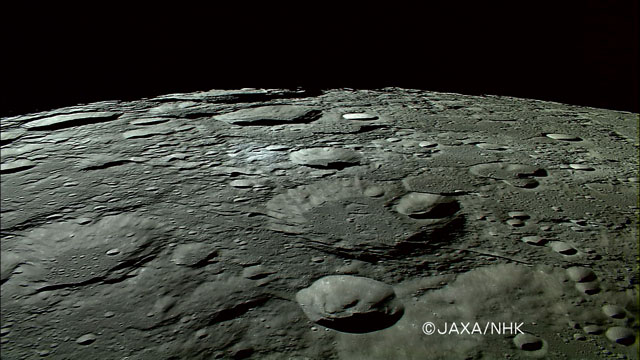
A press release from the Southwest Research Institute describes observations made of Jupiter’s magnetosphere by the New Horizons spacecraft. The above image (sorry, it’s quite low-res, and to take a closer look, you’ll need to open up the huge version linked from the above) summarizes some of the results. To summarize my response: it would work quite well in a scientific publication, but it just doesn’t cut it for public use.
I admit that it’s nice to see actual data represented—and nice to see an attempt at providing context for them—but the context in which the data fails to help much; furthermore, it really only conveys the context for an expert viewer—one who knows about the solar wind, magnetic fields, and such. In a previous post, I complained about depictions of Earth’s magnetosphere; I won’t bother reiterating my gripes, but they can be applied to the top portion of the above image. Honestly, some version of the schematic portion of the image would probably have sufficed for a press release, but it would have required significant work to be made more comprehensible.
Also, we’re given no hint as to how to read the spectrograms below the schematic diagram, and furthermore, they utilize opaque units such as “Energy/Q [eV/q]” and “DOY 2007 [UT].” Oh, yeah, and pseudocolor. ’Nuff said.
Making matters worse, the picture’s caption incorporates a trult impressive quantity of jargon. To call it “incomprehensible,” at least for public audiences, would be kind. The press release is better, but not by much. The only audience I can imagine picking up on this story is a quite sophistication publication such as Scientific American. I guess that’s all well and good (better than nothing), but a little more effort could make this result more accessible to broader audiences.
(I’ll just add that the New Horizons folks actually produced a spiffy press kit that describes the fly-by, with some decent diagrams, too.)
BTW, I’m in Athens attending the Communicating Astronomy with the Public conference. Fun stuff! And I finally achieved my goal of presenting a PowerPoint using no bullet point slides. A personal victory.










